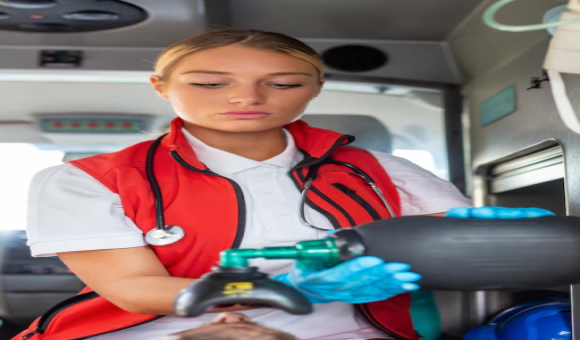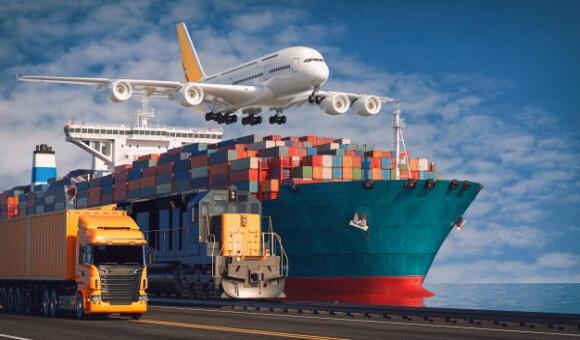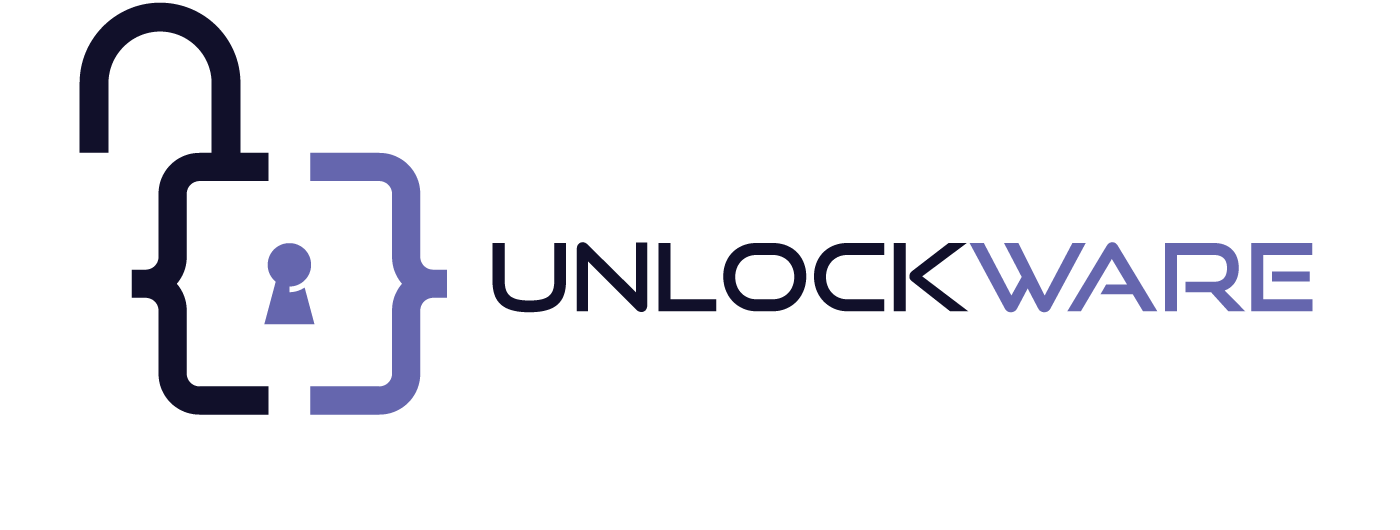Technology in Ambulance Services: How Modern Tools Improve Event Safety?
When it comes to large-scale public gatherings—whether it's a concert, sports event, corporate expo, or national celebration—the role of event ambulance services has become more critical than ever. With thousands of people gathered in one space, the chances of medical emergencies rise exponentially. This is where advanced technology integrated into ambulance services plays a vital role in ensuring fast response, accurate diagnosis, and timely treatment.
Modern ambulance services, especially in growing urban areas like Ambulance Abu Dhabi, have evolved beyond simple transportation units. Today, they are mobile emergency response centers equipped with digital systems, real-time communication tools, and state-of-the-art medical equipment. Let’s explore how these technologies are reshaping the landscape of emergency healthcare and ensuring better safety at public events.
The Growing Need for Technological Advancement in Ambulances
The evolution of emergency medical services has been directly tied to developments in technology. Previously, ambulances were focused mainly on rapid transport. Now, they function as mini-hospitals that provide advanced care on the spot.
At large-scale events, delays in treatment can have severe consequences. Whether it's dehydration, cardiac arrest, injury from crowd movement, or a fall, every second counts. Technology bridges the gap between incident and intervention, allowing event ambulance services to act faster, smarter, and more effectively.
Real-Time GPS and Traffic Navigation
One of the most critical upgrades in modern ambulances is real-time GPS navigation. For ambulance Abu Dhabi and other urban fleets, navigating through heavy traffic or unfamiliar terrain can delay response times. GPS tracking systems integrated with traffic monitoring tools help emergency teams take the fastest, least congested route to the venue.
In addition to route optimization, GPS allows control centers to track the location of all units in real-time. This makes it easier to allocate the nearest ambulance to an incident, reducing the critical response window.
On-Board Diagnostic and Monitoring Equipment
Modern event ambulance services are equipped with sophisticated monitoring and diagnostic tools. These include ECG machines, defibrillators, portable ultrasound devices, and automated blood pressure monitors. These devices allow paramedics to assess a patient’s condition quickly and initiate life-saving procedures even before reaching the hospital.
For example, if a person collapses during a marathon event, paramedics can use an ECG device on-site to determine whether it’s a cardiac arrest or another issue. This immediate diagnosis is critical to ensuring the patient receives the correct treatment promptly.
Telemedicine: Direct Link to Doctors
One of the most revolutionary advancements in ambulance technology is telemedicine. Through live video calls and secure data sharing, paramedics in the field can consult with hospital doctors in real-time.
This is particularly beneficial at large events where medical tents may be overwhelmed. With telemedicine, a paramedic can show a patient's injury or symptoms to a remote doctor, receive instructions, and even prepare the hospital in advance for the incoming case. This enhances the capability of event ambulance services to handle complex cases without delay.
Digital Patient Records and Data Sharing
Gone are the days of writing patient details on paper. Today’s ambulances are equipped with tablets and mobile systems that allow digital entry of patient data. These records can be transmitted instantly to the receiving hospital, so the emergency department can prepare accordingly.
For ambulance Abu Dhabi teams, this is especially crucial when dealing with high volumes of patients during national events. Quick, secure sharing of patient data ensures continuity of care and better coordination between field medics and hospital teams.
Drones and Surveillance Support
Some advanced event ambulance services have started integrating drone technology to enhance their surveillance and monitoring capabilities. Drones can be deployed to monitor crowd behavior, identify bottlenecks, and even spot individuals showing signs of distress.
In case of an emergency, drones can deliver essential medical supplies such as defibrillators or first-aid kits before the ambulance arrives. They also provide a bird’s-eye view that helps emergency planners understand how to position medical units more effectively throughout an event.
Smart Ambulance Systems
Smart ambulances are the next frontier in emergency healthcare. These vehicles are embedded with Internet of Things (IoT) devices that can monitor both the patient and the ambulance’s condition. Sensors check the temperature of medicine storage units, monitor the availability of oxygen, and even predict when maintenance is needed on critical equipment.
These features help event ambulance services maintain high standards and avoid last-minute equipment failure, especially during high-pressure situations.
Communication and Coordination Tools
At large events, coordination between different emergency teams—security, fire, and medical—is essential. Advanced ambulances are integrated into central command systems where incident reports, response times, and patient statuses are updated live.
For ambulance Abu Dhabi teams covering international expos or stadium events, having communication systems that link directly to police and fire departments ensures a more holistic approach to emergency management.
Wearable Technology for First Responders
Another innovation improving event ambulance services is the use of wearable technology by paramedics and volunteers. Smartwatches and wearable health monitors can keep track of the vitals of field staff, preventing exhaustion or overheating during long shifts.
Some wearables are equipped with voice-to-text capabilities, enabling paramedics to document patient details without stopping their work. This hands-free data entry increases efficiency and reduces errors during chaotic situations.
Artificial Intelligence and Predictive Analytics
AI-powered systems are now being tested to predict potential emergencies based on data from past events, weather forecasts, and crowd density. Predictive tools help emergency planners deploy resources more effectively, reducing strain on ambulance services and improving response readiness.
For instance, if data suggests a heatwave during a summer event in Abu Dhabi, AI models may recommend increasing the number of ambulances and placing water distribution points strategically. Such insights enhance the performance of event ambulance services significantly.
Virtual Reality for Training
Preparedness is just as important as real-time response. Virtual Reality (VR) is now being used to train emergency responders under simulated scenarios. Paramedics can practice mass casualty drills, cardiac emergencies, and complex trauma care in a controlled virtual environment.
This improves the readiness of ambulance Abu Dhabi teams to respond confidently in real-world emergencies, particularly those that happen during large gatherings or festivals.
Mobile Health Apps and First-Aid Integration
Some event ambulance services provide attendees access to mobile health apps, which contain basic first-aid instructions, emergency contact information, and even features to request help with GPS tracking. This empowers the public to initiate basic care before paramedics arrive.
Such apps also allow individuals with medical conditions to register their details before the event, so paramedics are already informed of allergies, medications, or history—saving crucial minutes during a crisis.
Specialized Event Ambulance Units
Another trend driven by technology is the customization of ambulances for different types of events. For example, music festivals may require ambulances equipped for drug overdose treatment, while marathons focus more on hydration and cardiac support. These purpose-built units are loaded with specific tools tailored to likely medical scenarios.
This strategic deployment enhances the efficiency of event ambulance services, reducing the load on general hospitals and improving patient outcomes.
Climate-Controlled Interiors and Smart Beds
Modern ambulances are being designed with advanced climate control systems to provide comfort for both patients and staff. This is especially useful in regions with extreme temperatures, such as Abu Dhabi.
Smart stretcher beds with hydraulic controls, pressure sensors, and mobility features allow better handling of critical patients during transportation. These innovations significantly reduce the chances of injury, discomfort, or further complications during transit.
Public Safety Integration and Panic Button Systems
At high-profile events, some event ambulance services integrate with venue safety systems. Panic buttons, public health kiosks, and surveillance feeds can be tied to ambulance dispatch centers. When activated, these systems can trigger alerts, locate the incident quickly, and dispatch the nearest unit automatically.
Such integration enhances the speed and precision of emergency response, ensuring greater safety for event attendees.
Final Thoughts
Technology is no longer just a luxury for ambulance services—it is a necessity. Especially in large gatherings where lives depend on seconds, modern tools and digital systems transform ambulances into mobile emergency units capable of delivering hospital-grade care on the move.
From real-time GPS tracking and smart diagnostics to telemedicine and drone support, the innovations adopted by event ambulance services are redefining the standards of public health and safety. In places like ambulance Abu Dhabi, where international events and extreme weather pose additional challenges, technology ensures preparedness, rapid response, and seamless coordination.
As public events become more frequent and complex, the continued integration of technology in ambulance services will be key to minimizing risks and protecting lives.









 UnlockWare Group
UnlockWare Group
Comments (0)